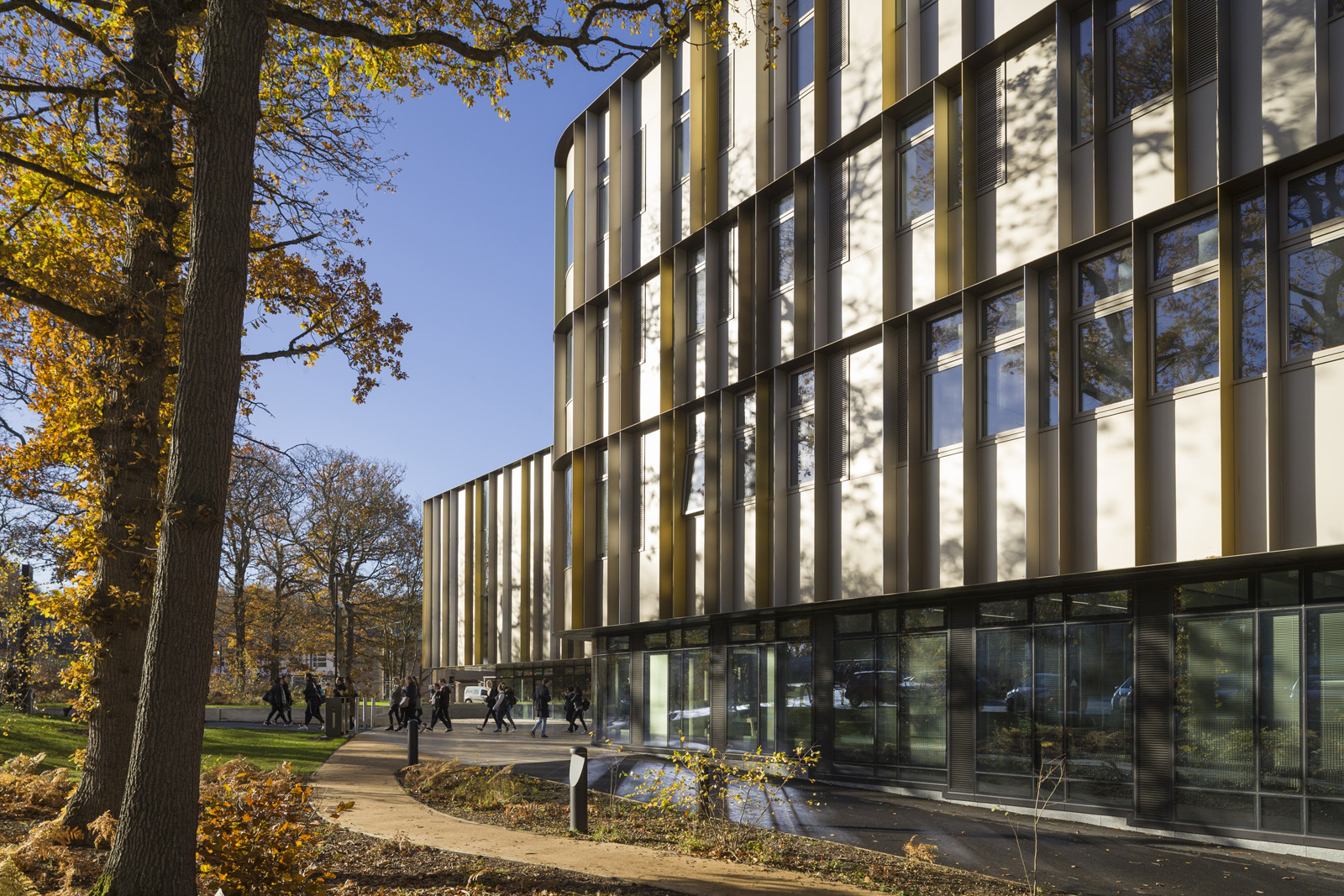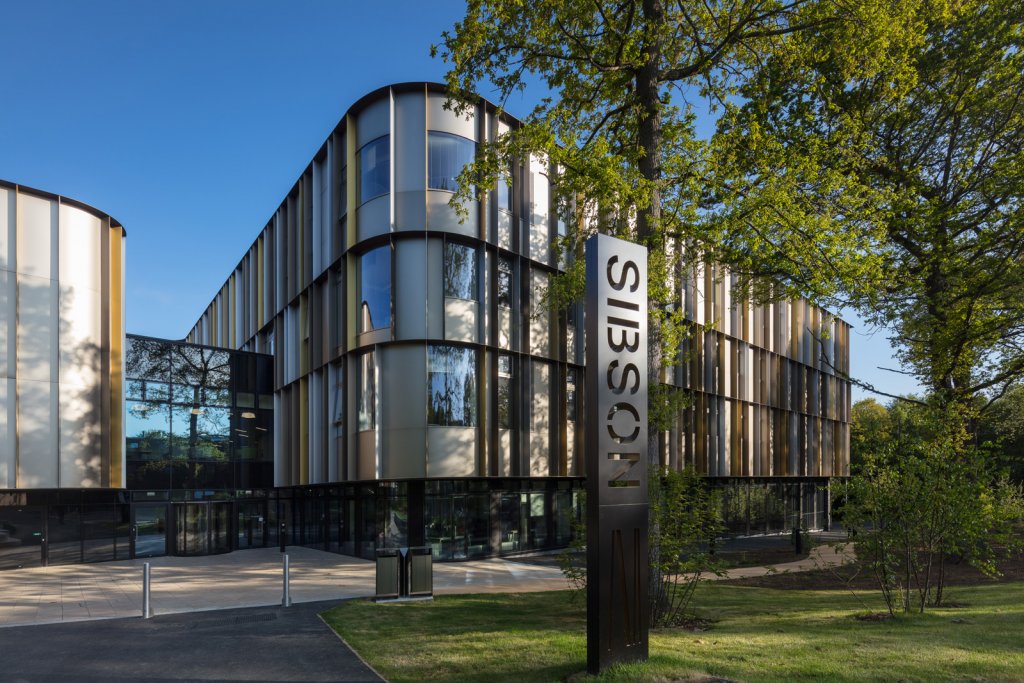
BIM collaboration delivers award-winning building
A striking ‘W’ shaped building nestled in ancient woodland, the University of Kent’s Sibson building was designed to encourage collaboration and communication, bringing together Kent Business School and the School of Mathematics, Statistics and Actuarial Science.
At the heart of the £26 million facility is a dramatic central concourse filled with natural light. Reception areas, social spaces and teaching facilities are easily accessed from here, with spaces including large and small seminar rooms, three new lecture theatres with collaborative seating, MBA and IT suites, open plan postgraduate research spaces and a dedicated financial trading room.
Both the Kent Business School and the School of Mathematics, Statistics and Actuarial Science had outgrown their existing accommodation. As the fastest growing department within the university, the business school was desperate for more space.
The university had ear-marked the Sibson site to become an attractive destination within the campus. Beyond the Sibson building lies student accommodation, but there was no direct route between the two areas. So as part of the scheme, the university also extended the landscaping to create a direct route from Sibson to the accommodation and the sports centre, thereby improving flow around the campus.

Creating social learning spaces
The University of Kent worked with architect Penoyre & Prasad to bring the two departments into one building. Initially, the university had planned to create three linked but separate buildings: one for each school, and a combined teaching building.
However, Penoyre & Prasad suggested combining the three entities into a single building, with a shared teaching and learning space in the middle. The idea of merging two schools was unusual, but the university wanted to encourage collaboration and in particular, enable staff and students to work together more closely.
Michael Fostiropoulos, project architect takes up the story: “Part of the brief was to provide attractive social learning spaces to encourage staff and students to interact. We specified heterogenous furniture that can be used in different ways and offers a choice of how to study.
“A café on the ground floor encourages the two schools to collaborate and it has become a popular social learning space. In fact, the food is so good that students and staff come from all over the campus to eat there, further positioning the Sibson building as a destination within the university campus.”
Showcasing and preserving a beautiful landscape
To lighten the impact of the building on the woodland, Penoyre & Prasad designed a zig-zag form, with its shape winding between the trees. In this way the scale of the building isn’t evident from any location on the site as it is never seen as a single mass. In addition, the building offers beautiful views above and below the forest canopy and the use of reflective glass and anodised aluminium curtain walling mirrors the trees.
This was one of the first projects for which we used Archicad extensively; it was fully embedded in the project from start to finish. Following a detailed 3D survey of the site and woodland, we had a topographical model produced. All the trees in the model were sized correctly and we made adjustments to the building to snake in between the trees, to minimise the impact on the landscape.
The building lies on a substantial slope. So you enter on one level, but at the opposite end of the building, you’re on a different floor. With the help of Archicad, we were able to get the right levels for the floors. We used the BIM model to calculate the best balance between cut and fill requirements, working with available budget while still maintaining two main level entrances.
Michael Fostiropoulos, Associate
The Sibson building was designed to achieve the BREEAM Excellent rating, with new cycle and pedestrian pathways integrating it into the campus and green roofs helping to increase biodiversity. Passive measures of natural ventilation were prioritised over active measures, while extensive roof-mounted photovoltaic panels provide more than 10% renewable energy.
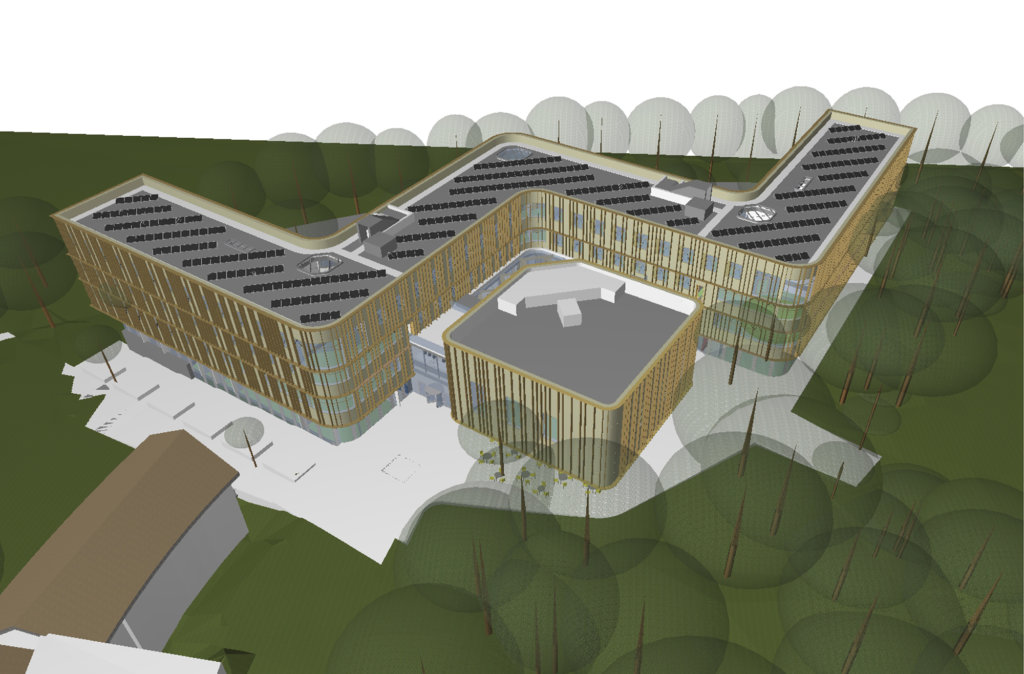
Stakeholder consultation and communication
The project posed a number of challenges, both in terms of bringing two distinct departments together and also protecting the existing woodland.
To help overcome these, Penoyre & Prasad engaged with end-users throughout the project by running regular workshops for staff and students.
We used BIMx to show staff and students the Archicad model in its different phases, so that the preferred solutions could be agreed and to bring stakeholders along in the story.
We used the same Archicad view and kept updating it to show how the designs evolved and how detail was added. BIMx is so valuable for engagement; it’s great to be able to show end-users the build-up of detail throughout the design phases.
Michael Fostiropoulos, Associate
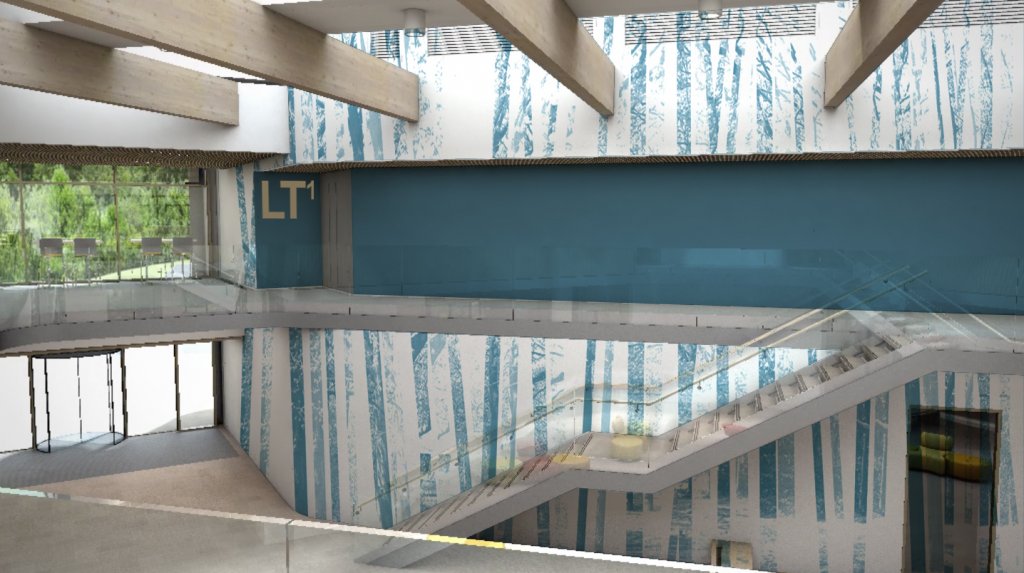
Late in the design stages, the university wanted to make a marketing video for its website. Penoyre & Prasad exported screenshots directly from Archicad, which were used by a specialist CGI firm to create a detailed fly-through of the building.
BIM collaboration and coordination
Penoyre & Prasad worked with main contractor Willmott Dixon, structural engineer Price & Myers, and M&E engineer Max Fordham. The team worked closely together throughout, sharing information using IFC, with Penoyre & Prasad holding the federated model in Archicad.
We carried out the clash detection between models ourselves. Price & Myers use Revit, so they converted their files to IFC and we then used Archicad for the clash detection. Initially, we were a little apprehensive, but once you get the hang of importing the structural model into Archicad, it works well.
Michael Fostiropoulos, Associate
The lecture theatre roof is made from structural steel supporting large glulam timber beams. Penoyre & Prasad used Archicad to federate all IFC information from the subcontractors to co-ordinate the complex structure. Extensive coordination was required to support the production of the frame and later to coordinate delivery and construction on-site, working among and protecting the existing trees.
Another technically challenging aspect of the design were the large and very complex rooflights that span the double-height central atrium. Initially the team followed an iterative process, with structural engineers testing spans and loadings, M&E engineers looking at ventilation and thermal modelling, and architects exploring form, daylighting and aesthetics. From this, Penoyre & Prasad created a federated model that was shared with the specialist subcontractor. The BIM workflow enabled this final fabrication information to be brought back into the Archicad model where interfaces such as roofing and cladding were detailed.
As main contractor on the project, Willmott Dixon used Archicad and BIMx throughout the construction phase.
Michael says: “We used the 3D model to help explain our ideas, which was very useful. We also used the CGI fly-throughs and images as communication tools; for example, to show the carpenters on site how we envisaged the end result.”
About Penoyre & Prasad
Penoyre & Prasad is a RIBA chartered practice with 30 years’ experience across all sectors, providing full architectural, interior design, master planning and consultation services.
The practice has delivered over 300 schemes and achieved over 130 design awards. Its distinctive, collaborative design approach results in functional, beautiful and energy efficient buildings, which have received wide recognition through numerous design awards, publications and competition wins.
Whatever the project, Penoyre & Prasad’s aim is to design versatile and adaptable buildings, bringing to bear high ambition and fresh ideas, focused on the people who use, operate and experience the buildings and neighbourhoods.
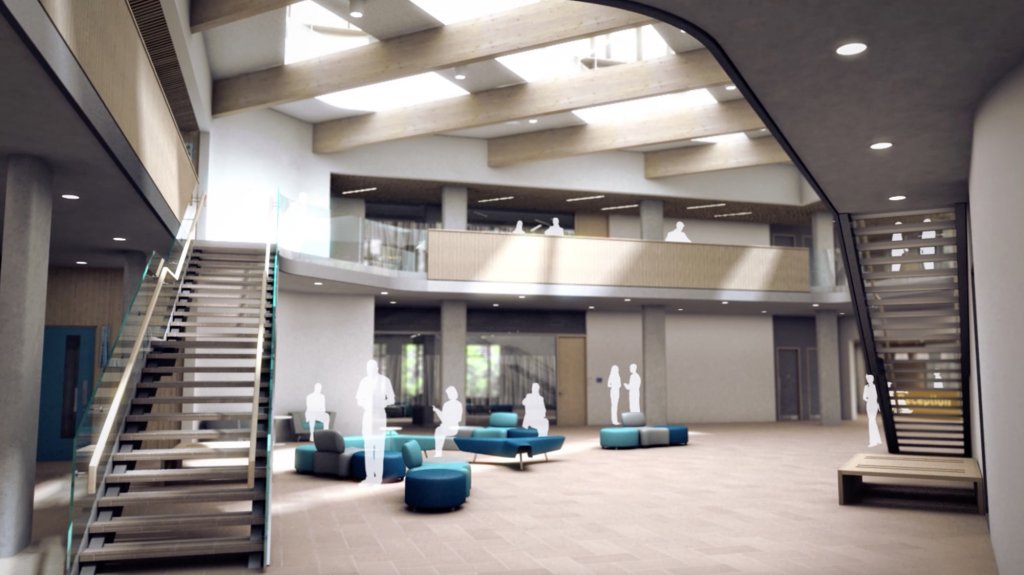
About Graphisoft
Graphisoft® ignited the BIM revolution in 1984 with Archicad®, the industry first BIM software for architects. Graphisoft continues to lead the industry with innovative solutions such as its revolutionary BIMcloud®, the world’s first real-time BIM collaboration environment; and BIMx®, the world’s leading mobile app for lightweight access to BIM for non-professionals. Graphisoft is part of the Nemetschek Group.
